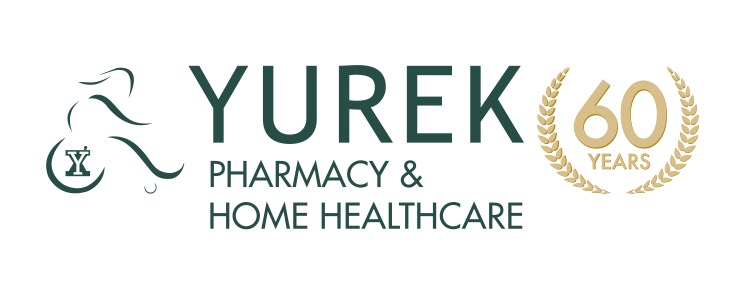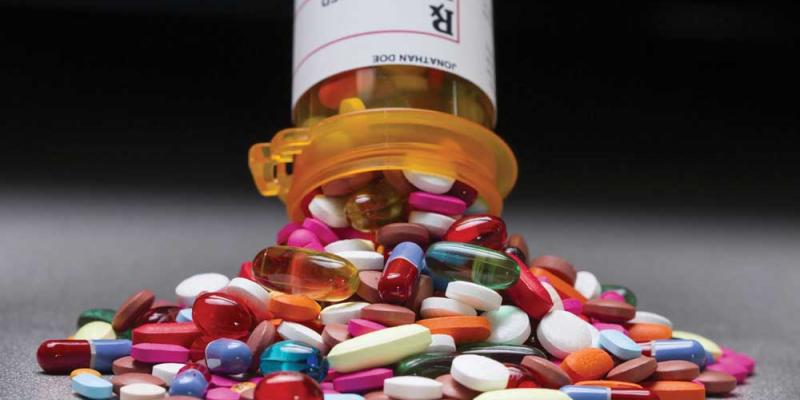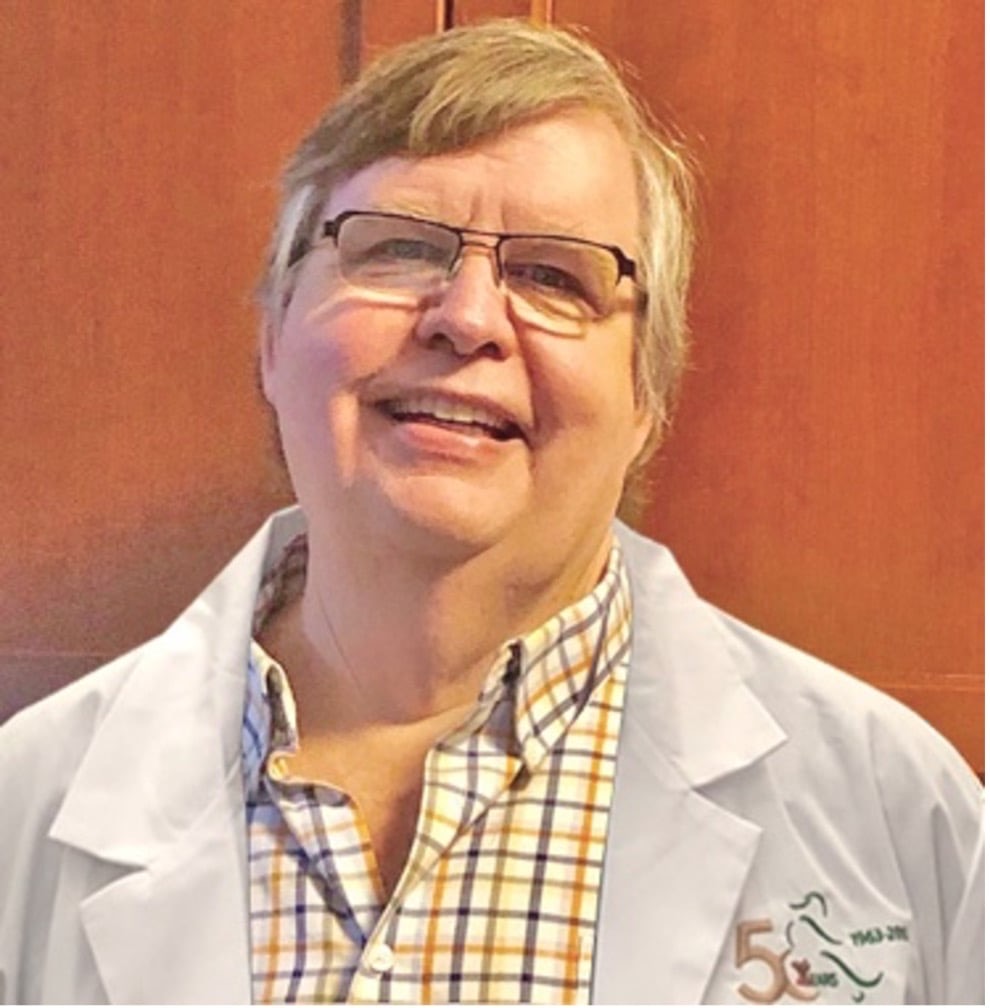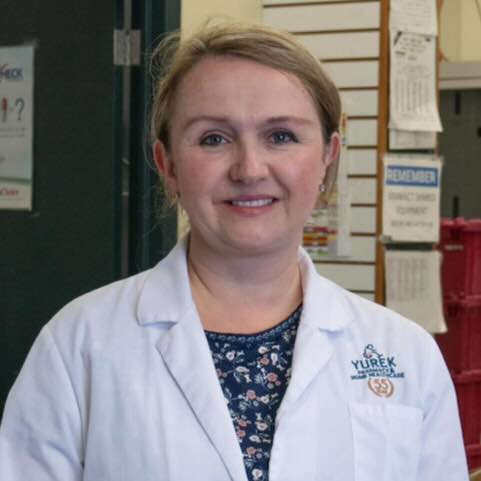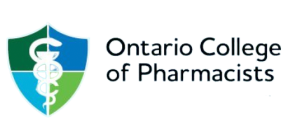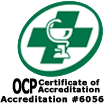When the world seems upside down, it’s easy to lose sight of the issues in our own backyard. Before Covid-19, we were faced with the Opioid Crisis, and while our attention was diverted, the opioid crisis didn’t disappear. Opioids (sometimes referred to as narcotics) are a group of medications that treat pain. In addition to relieving pain, they can cause a feeling of relaxation and improved wellbeing or a “high” which can lead to inappropriate use.
Opioids work at sites in the body called receptors, much the same as a key works in a lock. When the key is used, the lock opens. Too much opioid and the lock stays open for too long leading to serious side effects such as severe confusion, drowsiness, difficulty breathing and potentially death. Since 2014, over 14,000 people have died from opioid overdoses in Canada. The majority of these occur in ages 15-24 and are accidental.
Overdose can occur to anyone who uses opioids, but the groups at highest risk are those who have never received opioids before (often known as ‘narcotic naïve’), those on high dose long-term therapy; and those with an opioid use disorder. Patients who are prescribed opioids for the first time and those who experiment can become toxic, especially when combining additional drugs and alcohol. This can happen quickly and after a single dose or a series of doses. Even those on long-term therapy can overdose. As pain increases, doses are often increased, and this can lead to toxic doses. Finally, people with opioid use disorder are at risk. The use of higher doses to find the next “high” can result in buying tainted drugs or drugs with a higher potency.
It’s important to recognize signs of overdose such as small pupils, weak or slack muscles, unresponsiveness or unconsciousness, and shallow or no breathing. If you suspect someone has overdosed, call 911. To combat the overdose, the patient will be administered Naloxone, which is an injection or nasal spray that temporarily reverses the opioid effect. Even if the patient hasn’t overdosed on an opioid, administering them Naloxone won’t harm them in any way, but it does only work on opioids. Naloxone is offered at most pharmacies and is free to those who feel they may be at risk of an overdose. For those who are leery about having a kit in their home, think of it like an insurance policy. Much like a fire extinguisher in our home, we never want to have to need it, but that one time you need it can make all the difference. Take care of yourselves and each other.
